Luke Etchison, Dylan Owensby, and Chantelle Rondel
North Carolina Wildlife Resources Commission, Aquatic Wildlife Diversity Program, Waynesville, NC
The French Broad River (Map 1) is one of the oldest rivers in the world. From its headwaters in North Carolina to where it joins the Holston River to create the Tennessee River in east Tennessee, the French Broad River basin is home to an exceptionally high amount of aquatic biodiversity. The recent publication, An Annotated Atlas of Freshwater Fishes of North Carolina (Tracy et al. 2020), documented ~76 indigenous fish species from historical and recent collection data from the North Carolina sections of the French Broad River basin.

However, anthropogenic alteration over the last few centuries in the French Broad River and its tributaries have led to extirpations and population declines for many of its known and unknown historical species. Since Congress passed the Clean Water Act in 1972, the water quality of the French Broad River has drastically improved, but barriers to expansion (e.g., dams) limit the potential recovery of many historical fish species without stocking or translocation.
Starting in June 2022, Black Buffalo, Ictiobus niger (Map 2; Figure 1), Smallmouth Buffalo, I. bubalus (Map 3; Figure 2) and Smallmouth Redhorse, Moxostoma breviceps (Map 4; Figure 3), were reintroduced into the upper French Broad River. Prior to this reintroduction project, all three species were found only in the lower French Broad River in Madison County. All three species are considered Significantly Rare in North Carolina (NCNHP 2020).
Black Buffalo, a big river inhabitant, was unknown in North Carolina until August 2001 when eight were netted by Tennessee Valley Authority biologists from the French Broad River at Hot Springs, Madison County (Tracy et al. 2020).
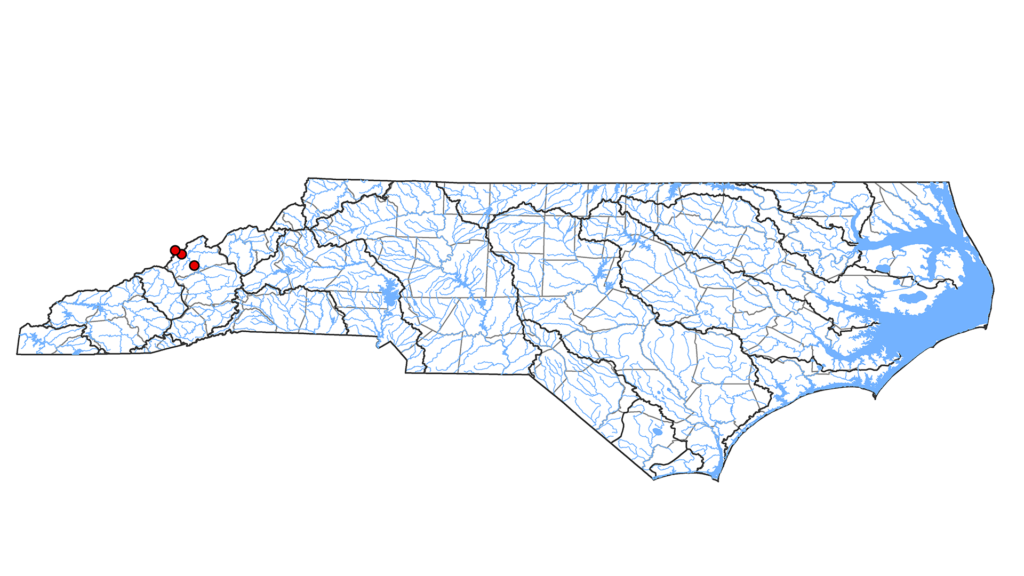
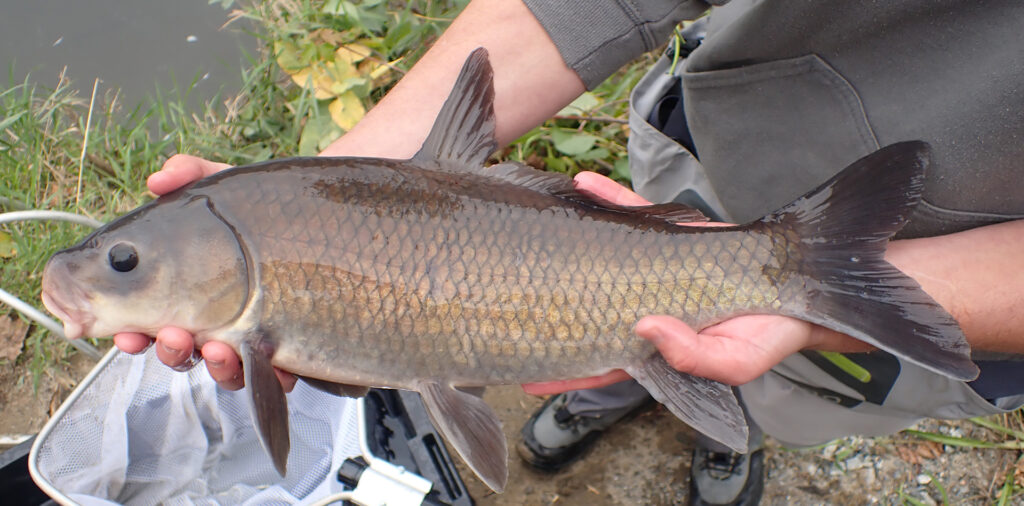
In North Carolina, Smallmouth Buffalo is indigenous (native) only in the lower French Broad and Nolichucky River basins (Map 3), but it has been stocked into the large rivers and reservoirs of the Catawba and Yadkin River basins (Tracy et al. 2020).
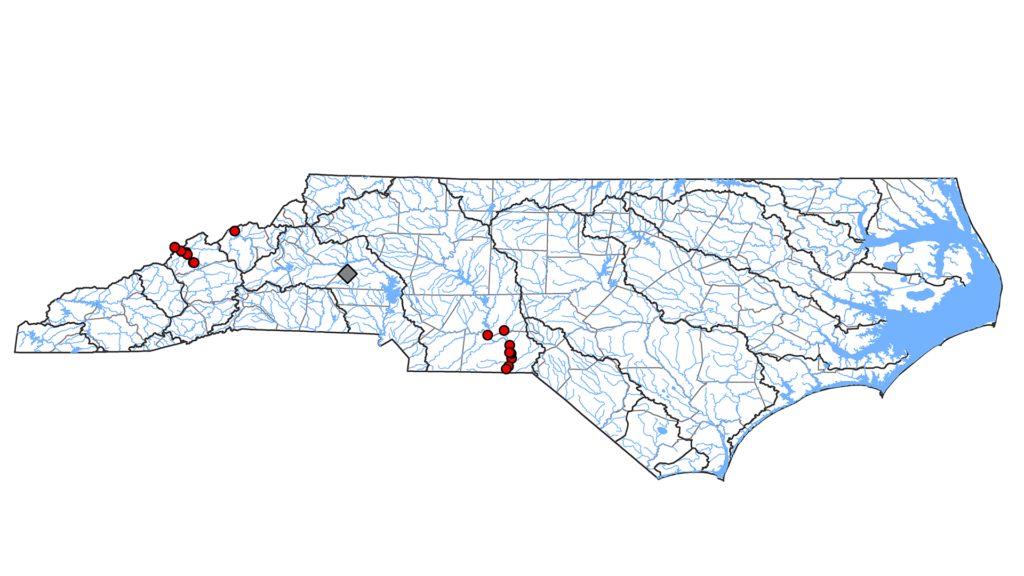
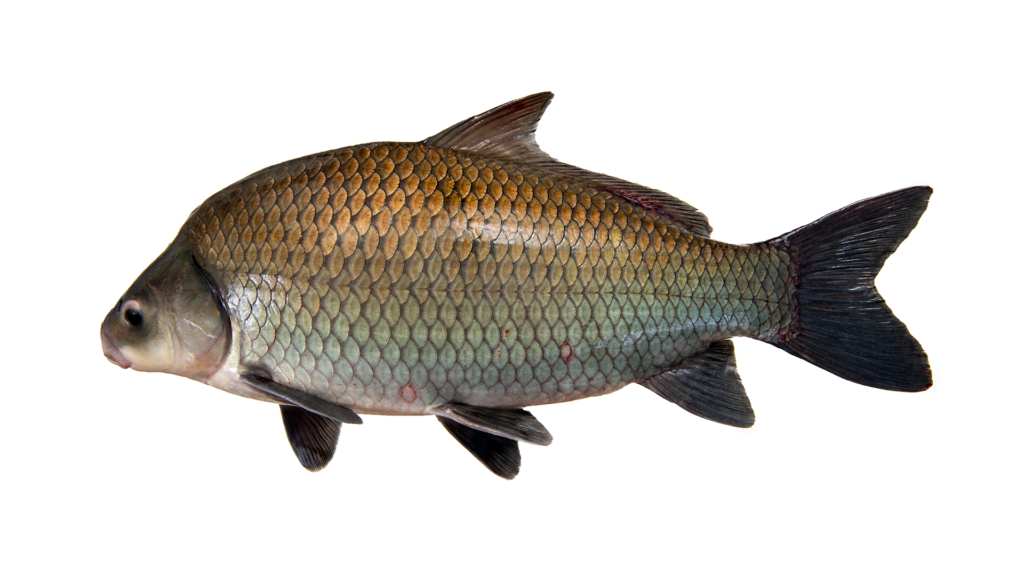
Smallmouth Redhorse is found in all river basins in North Carolina west of the Appalachian Mountains, except for the Watauga and New basins (Map 4; Tracy et al. 2020). It has also been recently reintroduced into the Pigeon River basin.
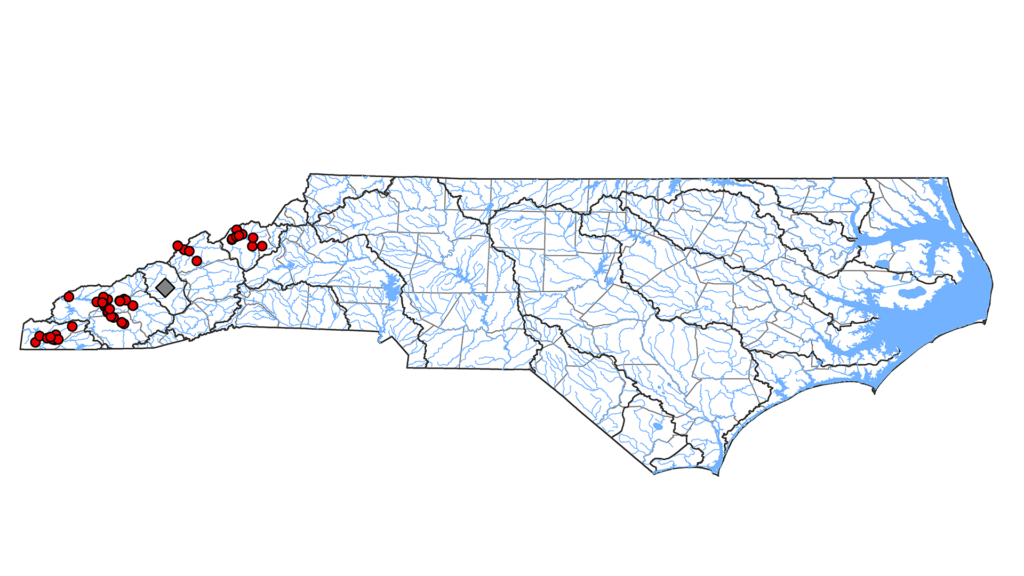
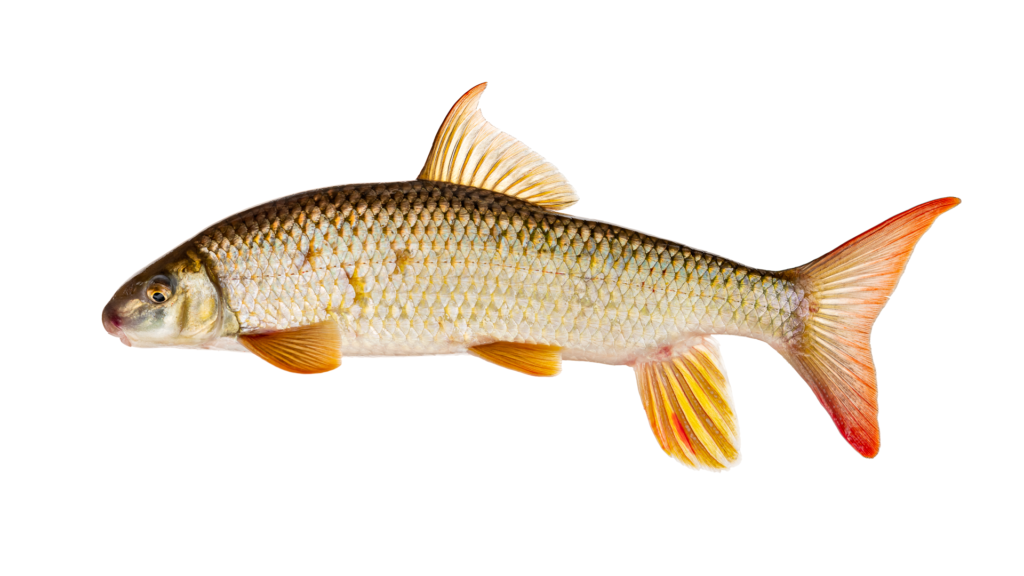
A combination of long-term monitoring sites and Passive Integrator Transponder (PIT) antenna arrays will help track this reintroduction effort into the future.
Luke will be presenting the results of reintroduction project at the upcoming 34th Annual Meeting of the North Carolina Chapter of the American Fisheries Society in Durham, February 21-23, 2023 (https://nc.fisheries.org/2023-ncafs-meeting/).
For more on this project, please check out this newspaper article from the Transylvania Times (Brevard, NC) — https://www.transylvaniatimes.com/news/native-fish-being-returned-to-french-broad-river/article_04bf892c-9cb9-11ed-9517-1bf74726c8bc.html.
References
North Carolina Natural Heritage Program (NCNHP). 2020. Natural Heritage Program list of rare animal species of North Carolina. North Carolina Natural Heritage Program. North Carolina Department of Natural and Cultural Resources. Raleigh, NC. 167 pp.
Tracy, B.H., F.C. Rohde, and G.M. Hogue. 2020. An annotated atlas of the freshwater fishes of North Carolina. Southeastern Fishes Council Proceedings No. 60. 198 pp., https://trace.tennessee.edu/sfcproceedings/vol1/iss60/1.
Tracy, B.H., F.C. Rohde, S.A. Smith, J.L. Bissette, and G.M. Hogue. (in press). The freshwater fishes of North Carolina – a guide to their identification and distribution. University of North Carolina Press, Chapel Hill, NC.